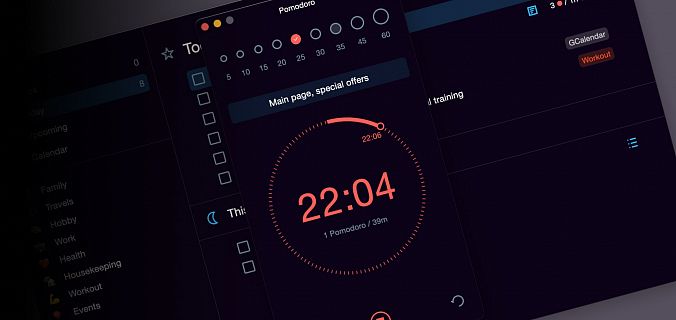The benefits of timekeeping
Work usually takes up all the time you have available to it. But what if timekeeping could help optimize that time? At first, it may seem like over-control, bordering on masochism ("Tut-tut, should I make myself count the time for my own tasks? Noway!"), but time-tracking has its advantages — it gives you more than just discipline and time optimization.
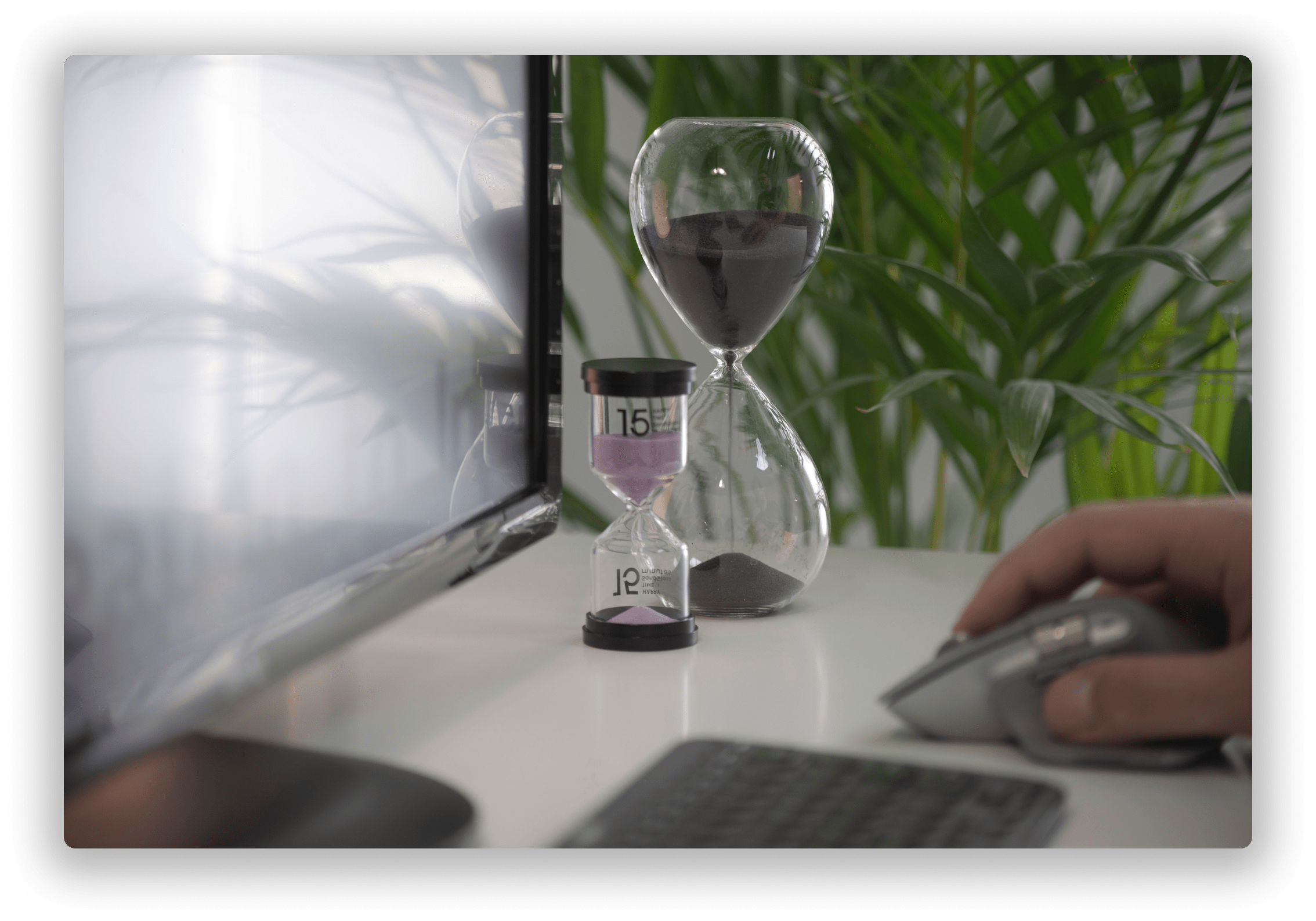
It helps estimate time expenditures for each task
You can plan how much time you will spend on each single task in the built-in calendar of the planner app by simply allocating tasks to time slots in your schedule for the day.
But the calendar can’t help you understand how much time each task truely took. It’s especially important to accurately measure actual time expenditures when you’re working on the Time & Material scheme. The efficiency of your work depends on the actual time you spend on performing the task. The time tracker for tasks records the hours and minutes spent on each task — it’s always clear how much time every task took you.
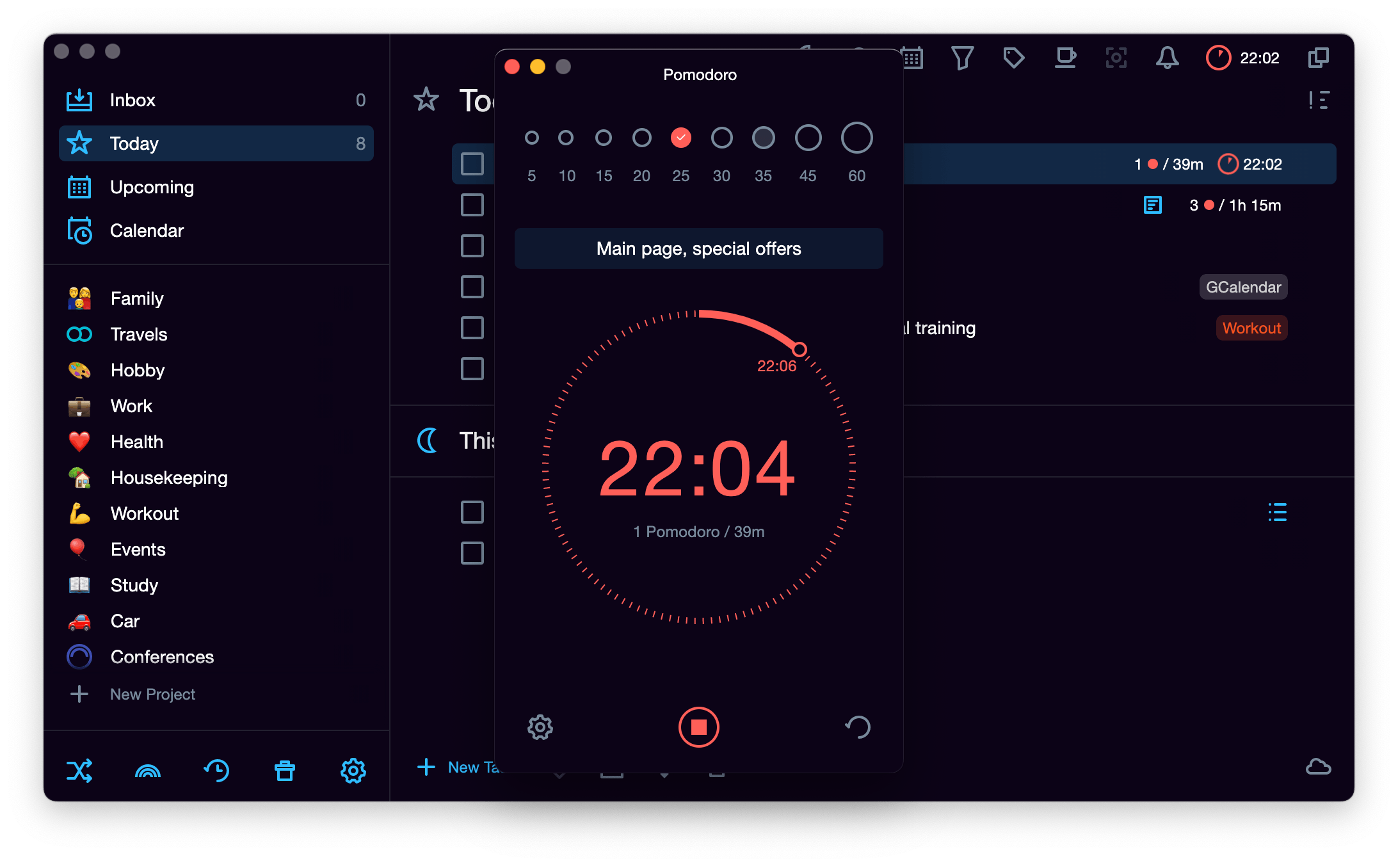
It helps you plan your resource for new tasks
When planning tasks, we tend to give an overly optimistic outlook on the deadlines. To avoid falling into this trap, it is important to have the previous statistics at hand.
For example, if you know that it took you 10−12 hours to do a review article in the past, you don't set a deadline for tomorrow. If you know that it takes 30 hours to create a landing page, you don't think you can do it in three days. And if you know that you write an average of 10 pages a day, you don't deceive yourself and others that the draft of the book will be ready in a couple of weeks.
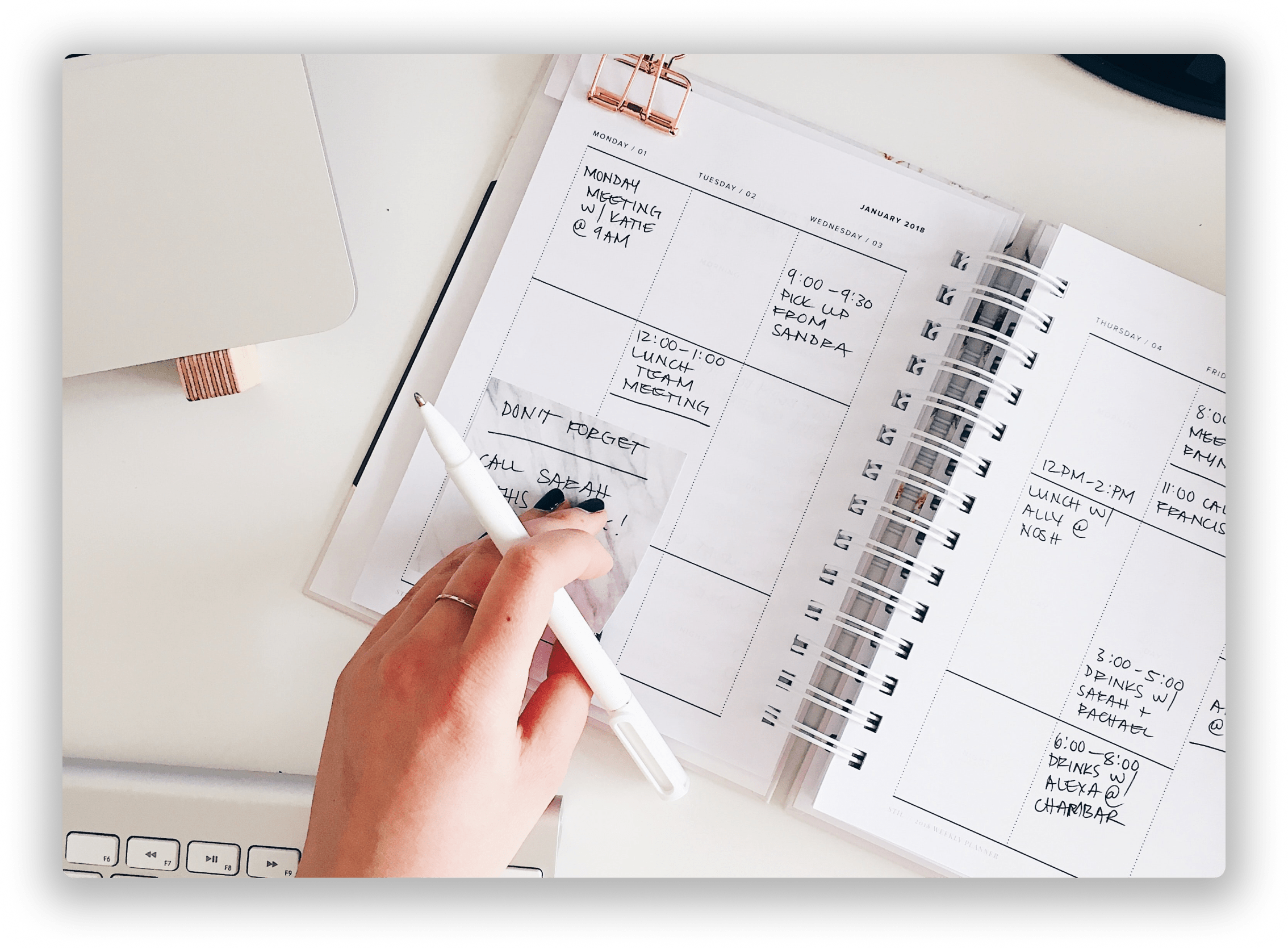
And if you also recall the planning fallacy, you’ll definitely be able to give adequate deadlines for future tasks. The task timer will show how much time you usually spend on certain tasks and help you adjust your estimates for deadlines.
It reveals chronophages
When you check how long you worked on a particular task with the time tracker, you may be very surprised at the resusts. And if it makes you disappointed, you should analyze why such a situation occurred. It will help you find and neutralize the chronophages that prevented you from completing the task in the planned time frame or made it take longer than expected.
Anything can be a chronophage. For example, a sudden call that took you out of your work flow and then it took a while to get concentrated again. Or casual Internet surfing, when you were looking for something relevant to the task, but you got distracted by something interesting, yet immaterial. Once you know how much time it took to complete the task, you no longer want to fall into the clutches of the chronophiles. It’s easy as a pie to track hours and minutes you spend on tasks with the task tracker.

It helps to evaluate overall productivity
When you check off the tasks on your list for the day, you can't always estimate how much effort and time was actually spent on them — especially, if the tasks are extensive and spread out over several days. But when you use the time tracker, you see the real picture: 10 hours were spent on one task, 16 hours — on another, and the third task took 8 hours.

If you also take into account the time spent on small errands and rest, you can analyze how many hours are stolen from you by trivial activities (the number may be unpleasantly surprising) and how good and efficient your rest is (and this number — too). This means that in the future, you will be able to optimize your time of work and rest, and thus get one step closer to the state of zen.
It improves personal effectiveness
When you keep track of how much time you spend on tasks, the temptation to procrastinate or become multitasking disappears. It happens because you can no longer cheat yourself, and you don’t want to waste time on silly things.
How the Singularity time tracker works
The time tracker works like the online Pomodoro timer, only separately for each task and it knows how to count the "tomatoes" spent on the task. To start it in the application, select "Start Pomodoro" in the context menu of the task – the timer window will appear. You can also open the tracker by clicking on specific task and then on the timer icon that is on the right at the bottom of the task edit panel.
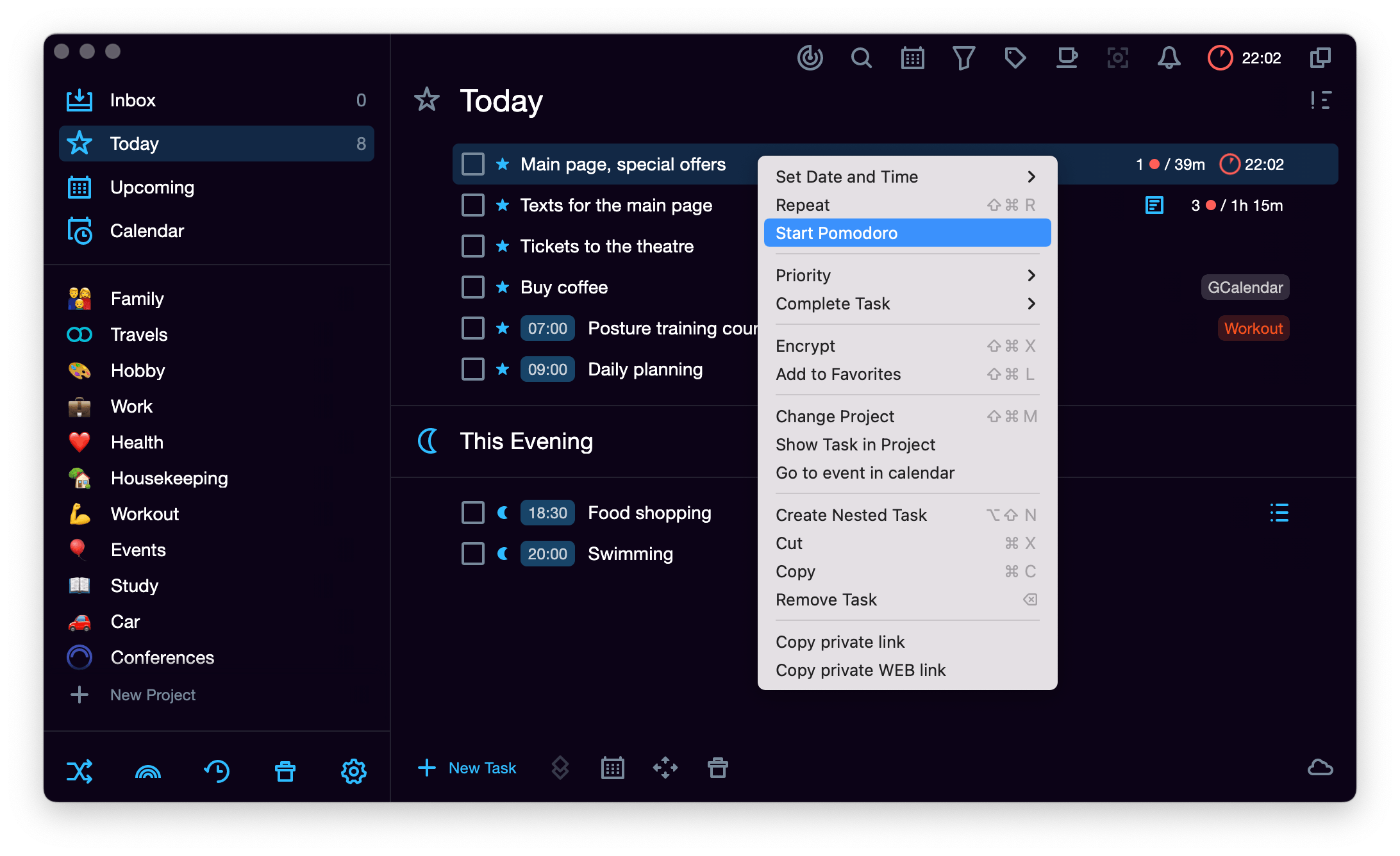
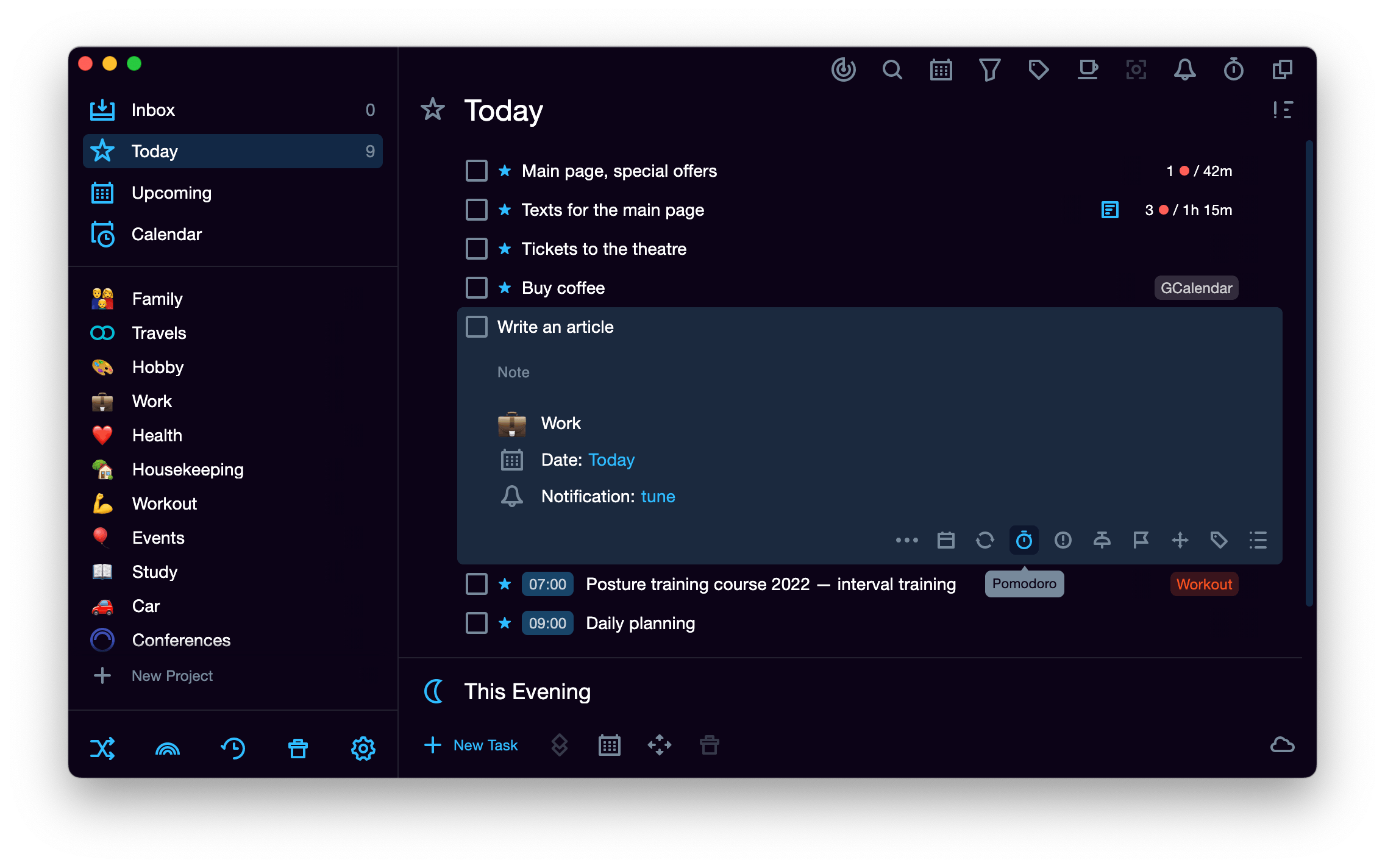
The tracker is automatically set to 25 minutes of work and 5 minutes of rest, but the intervals can be changed in the settings. Once the timer is started, you can work: it automatically counts the number of completed work intervals and displays statistics to the right of the task.
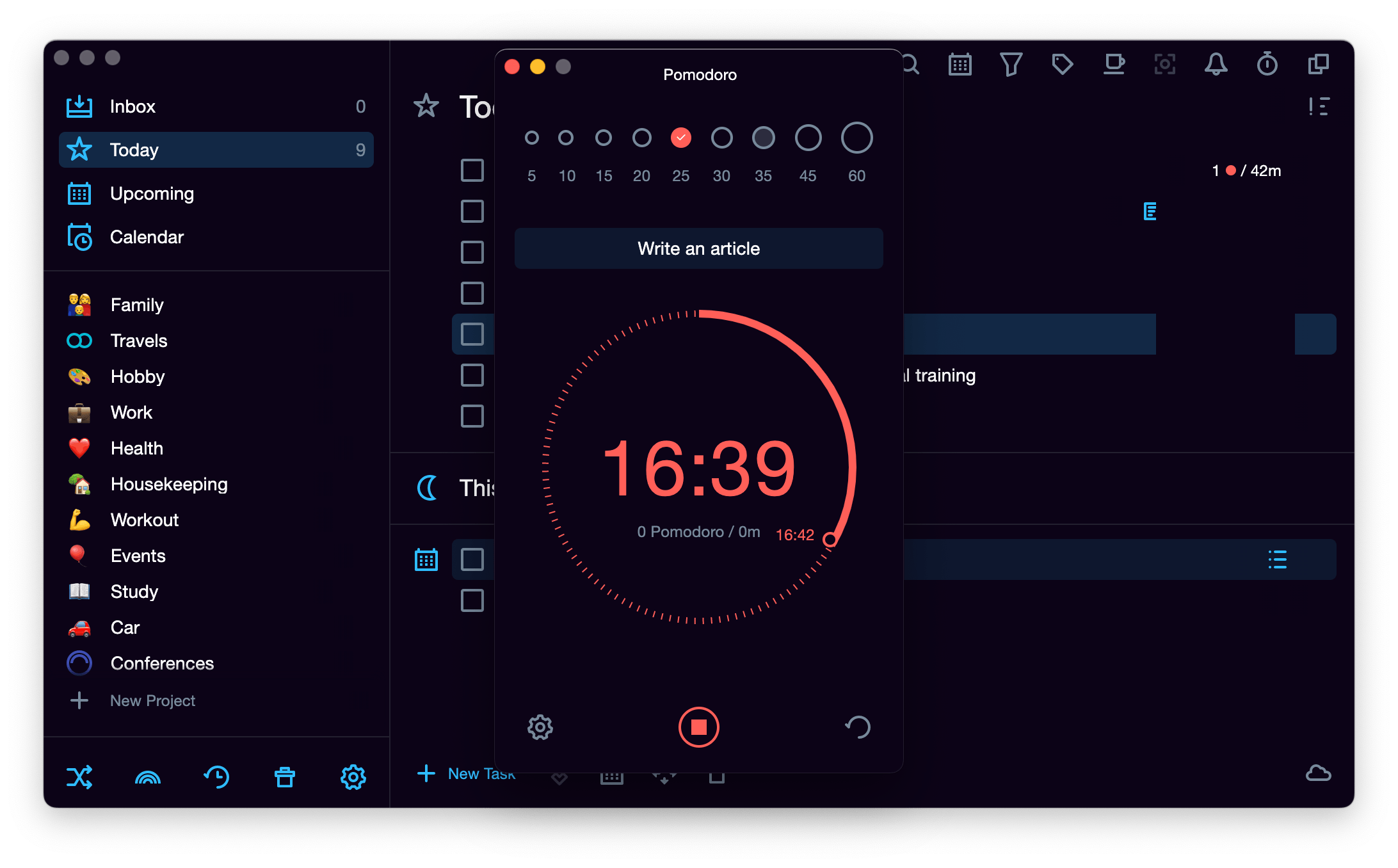
Statistics are added to the task automatically if:
- You set the timer to stop before the end of the interval, the tracker remembers the number of minutes you worked and shows the total time spent on the task. If you restart the tracker, a new 25-minute interval will begin, which is automatically added to the total time of the task.
- Mark the task as completed. When the task is completed, the tracker stops automatically — the statistics don’t disappear: it is always visible on the right side of the task, or when you click on it.
- Complete the task for today. The tracker remembers the number of minutes spent on the task for today — tomorrow you will be able to continue working on it: the tracker adds the new period of time to the time you already worked. In the future, we are going to add advanced statistics that shows daily time expenditures.
- Delete a task. It will go to the trash along with the statistics — you can always restore all the data by recovering the task from the trash.
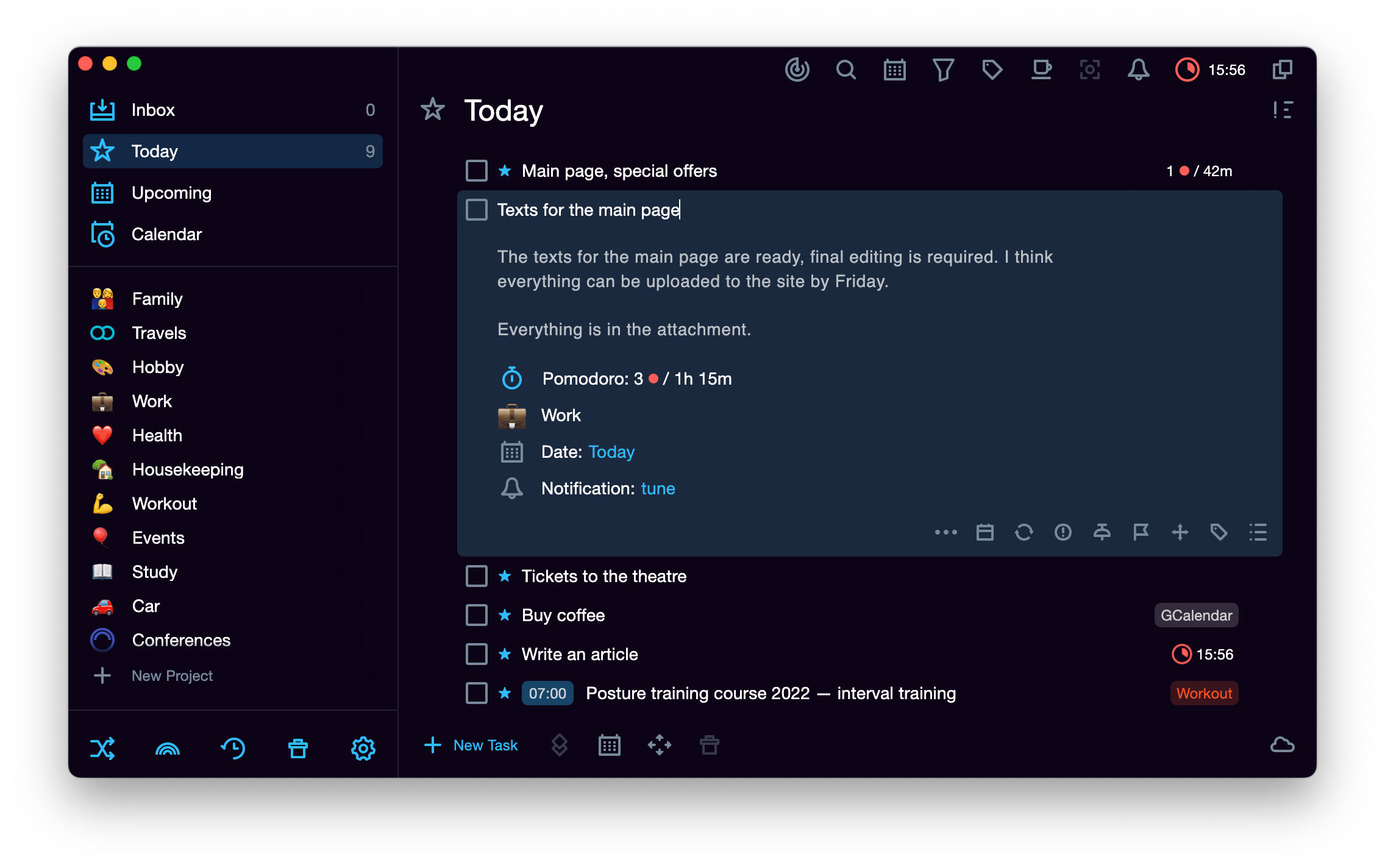
The statistics are synchronized across all devices — so you can run the timer on your PC or in the mobile app. The timer in the smartphone app works the same way as on the desktop: it will update the task statistics as soon as you stop the timer or check off the task.
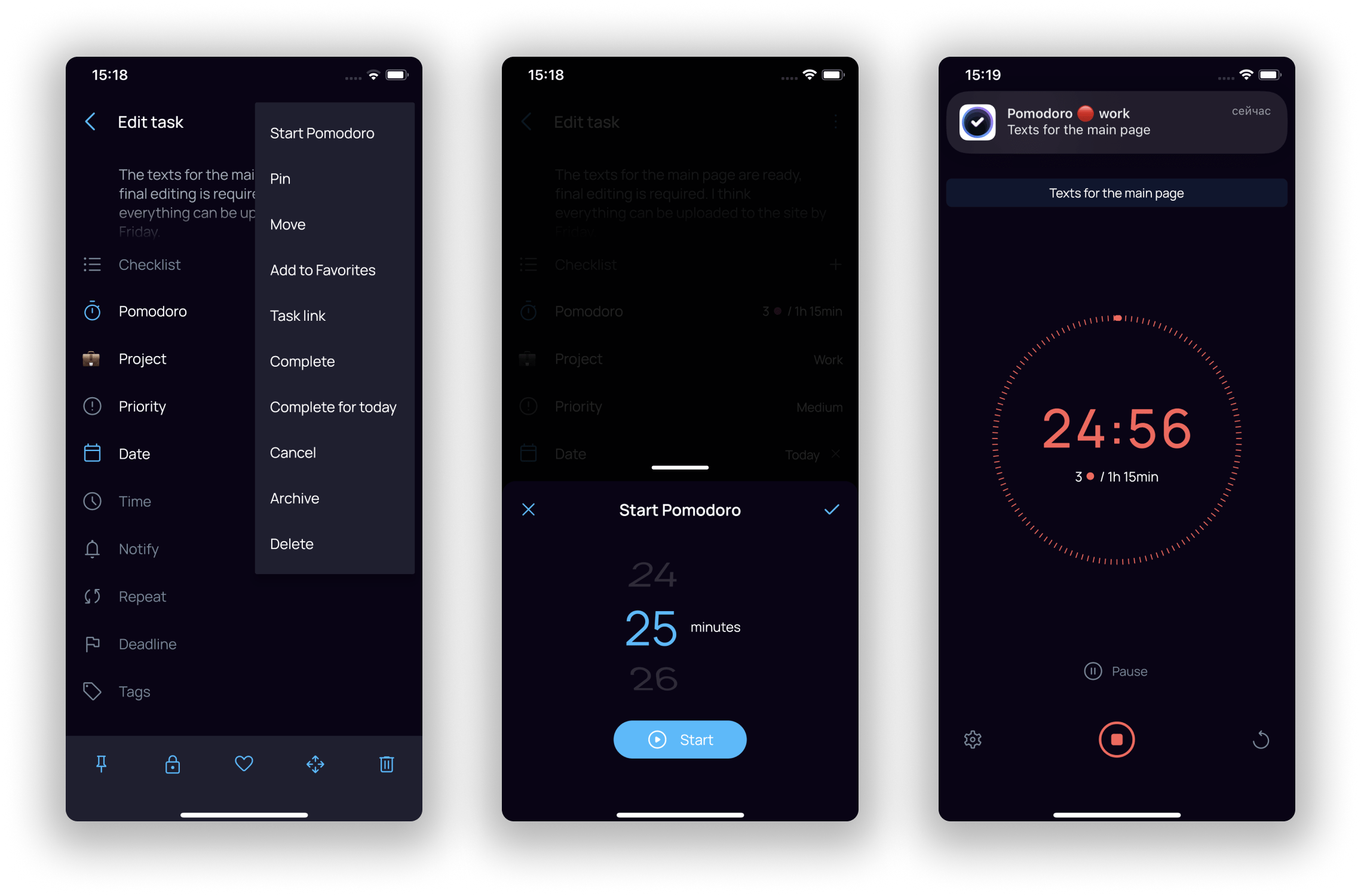
Now, with Singularity time tracker, you can always estimate your time expenditures for a particular task and sum up the total time spent on the day. It means that you can be more efficient :) Good luck with your planning and catch up on new releases!

